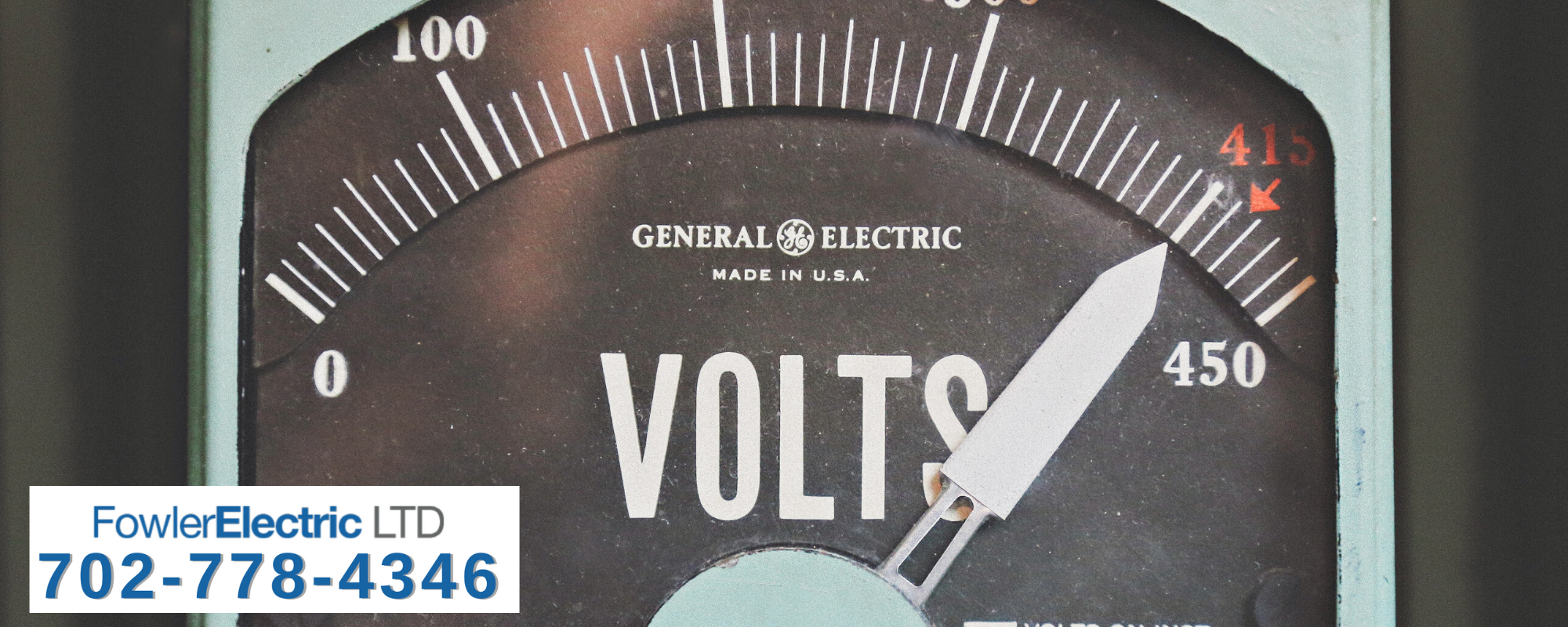Have you ever found yourself coming up short when trying to articulate different electrical concepts? Maybe you’re familiar with the basic concepts of electricity but you could use a quick refresher in an easy-to-understand format. Well, you’ve come to the right place because we get these types of questions all of the time!
The Difference Between Volts and Amps
When addressing electrical properties, there are a few basic concepts to understand. First, voltage and amperage are two fundamental properties of electricity that measure the flow of electrons through wire or other conducting material. If you are referencing electrical documentation, you may see these concepts presented in short-form notation. Voltage measured in volts or voltage is denoted as ‘V’ and current (also in short form as ‘I’)’ is measured in amps or amperage, denoted by (A).

A great way to visualize these electrical concepts is to imagine water flowing through a pipe.
Voltage (or electrical potential) can be thought of as the pressure of water moving through a pipe. In electricity, the greater the voltage (or electrical potential), the greater the pressure of electrons moving through a wire or conducting material.
Current (measured in amperage) can be thought of as the flow of water flowing through a pipe or specifically, the rate of that water flowing through the pipe. In electricity, current measures the rate of the flow of electrons flowing through a wire or conducting material.
Related: 7 Ways to Avoid Electrical Shock
Ohm’s Law
The most important equation to use when making any electrical calculations is Ohm’s Law.
Ohm’s Law: V = I * R
Ohm’s Law is a simple equation that relates voltage and current. This equation will often come in handy when making some basic calculations for projects. To use this equation, you do have to also apply the concept of resistance notated as ‘R’. Resistance can be thought of in the resistance opposing the flow of electrons in a wire or conducting material. A great way to understand this concept is to consider how different types of wire or wire-gauge will have different inherent resistances. Now, if you have two out of the three variables (either V, I or R) you can calculate the unknown variable in the electrical system.
Safety First
Remember that there are serious risks associated with the improper use of electricity. Please take extreme caution when working on projects that use electricity and spend the proper time reviewing electricity safety protocol. An electrical accident can result in severe shock, burning or even death.
Above all, use these electrical concepts to arm yourself with knowledge. Remember that any project involving electricity can pose a serious risk. A standard household outlet can provide upwards of 15 amps and 120 volts. These are big numbers! As little as 20 to 80 Milliamps can result in a serious shock and over 200 milliamps can result in serious complications. At the end of the day, safety is the priority!
If you are not comfortable working with electricity or need help, be sure to give Las Vegas electrician Fowler Electric a call. Our friendly, experienced electricians are ready to go, all over the Valley.

Schedule a Free Estimate Below
